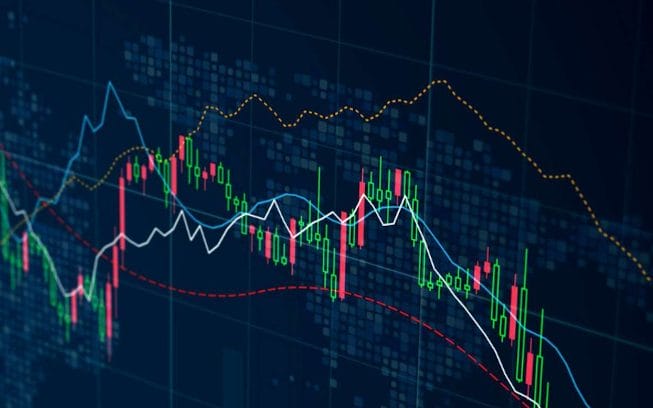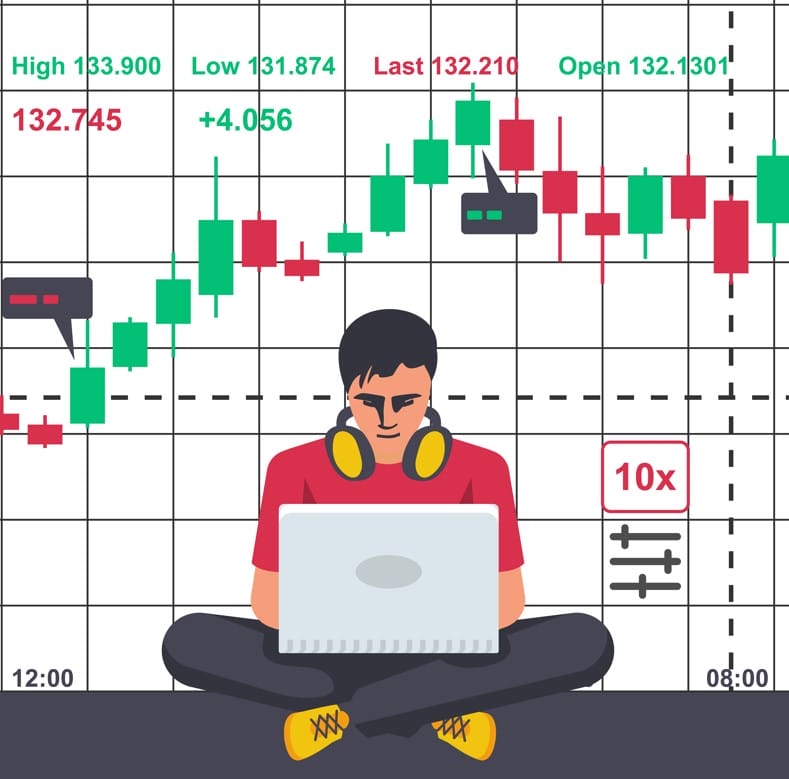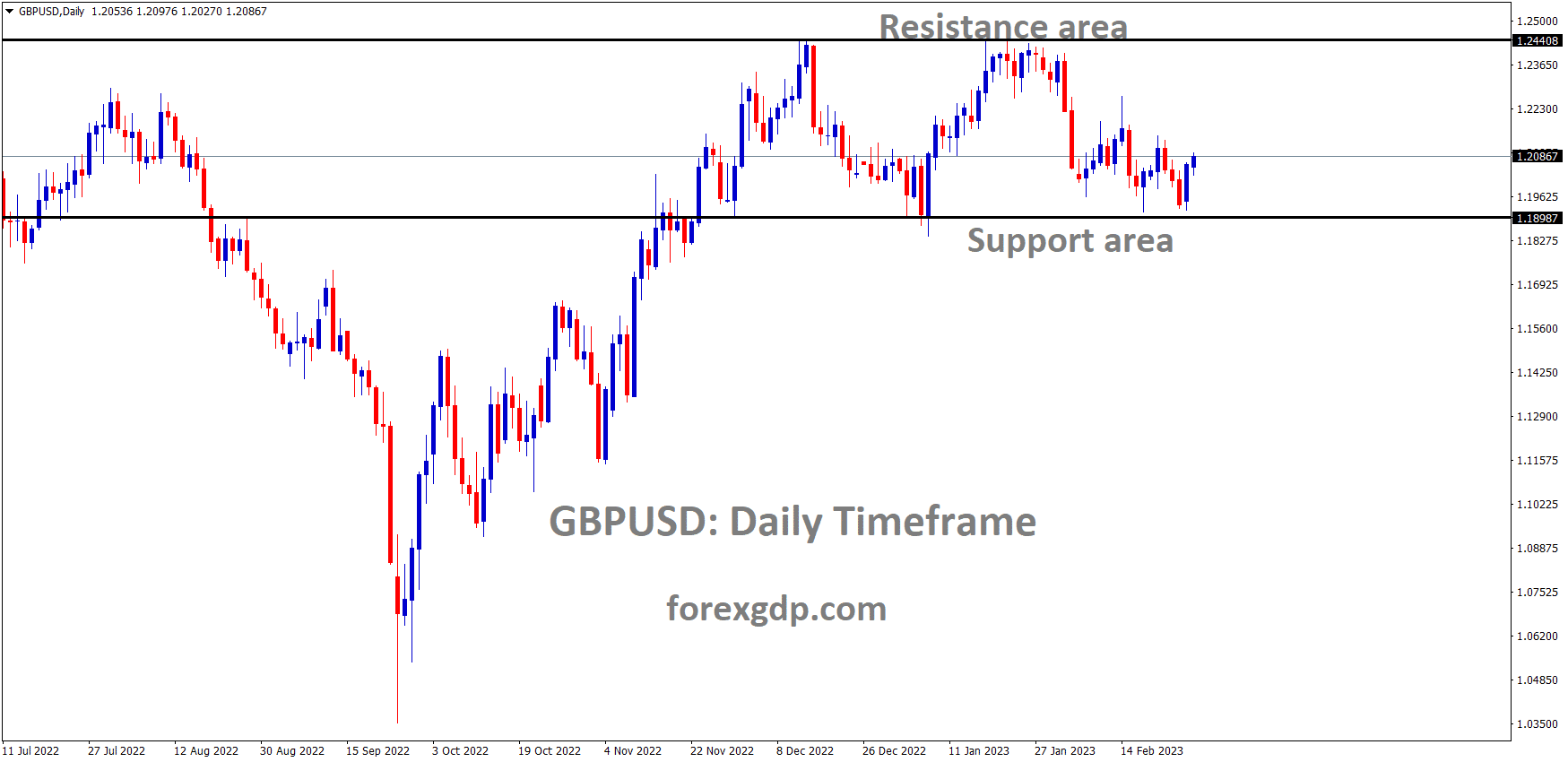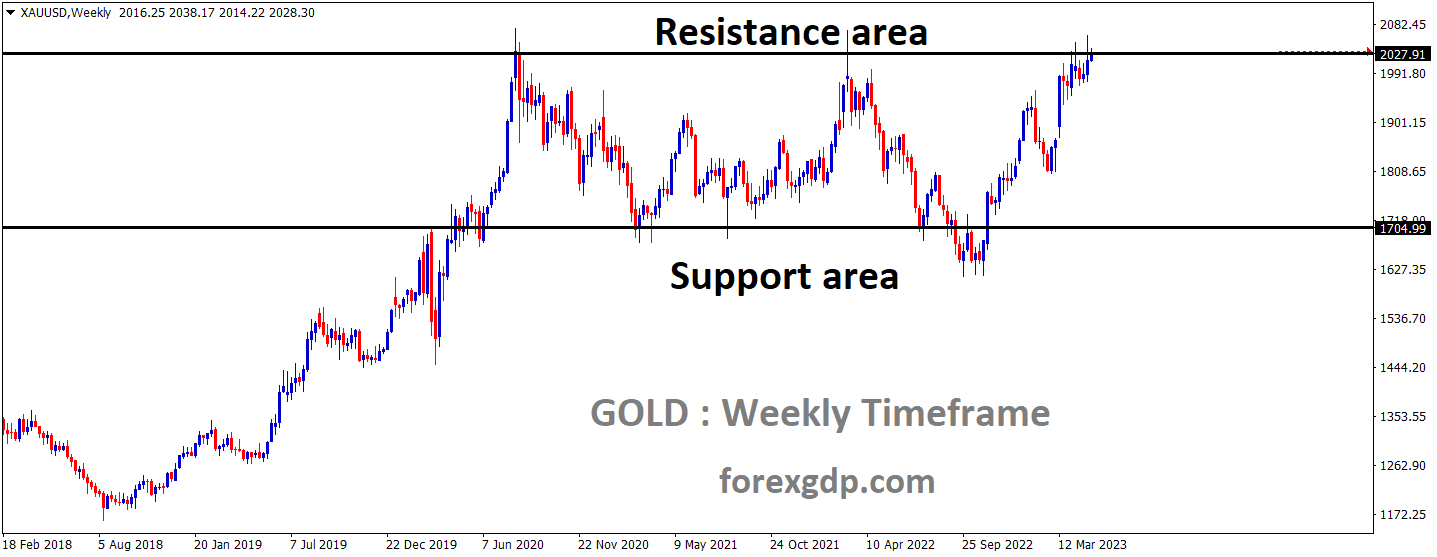In the world today, individual courage often underlies groundbreaking events. Yet, the mastery of risk management becomes crucial for enduring success. The Forex market, characterized by its dynamic nature, demands a nuanced approach to risk-taking and fund management.
A constant ebb and flow of volatility accompanies the allure of high returns in the Forex market and even at the best crypto casinos. This scenario necessitates BTC traders to approach risk-taking with careful consideration. This comprehensive guide explores fundamental principles and practices for empowering Forex traders in judicious risk-taking decisions.
Understanding Risk in Forex Trading
By its nature, Forex trading is laden with risk due to the inherent volatility of currency markets. The value of currencies can fluctuate swiftly based on many factors, including economic indicators, geopolitical events, and market sentiment. Traders must embrace and acknowledge that losses are an integral part of trading. However, the objective is not to evade risk entirely but to manage it effectively.
How To Properly Take Risks As A Forex Trader

Navigating the volatile currency markets without adhering to fundamental principles is a recipe for mistakes in Forex trading. The erratic nature of these markets renders Forex operations challenging for those who overlook established guidelines. In this segment, we will explore essential instructions that traders must follow to increase their chances of achieving substantial gains while managing risks in the Forex market.
Develop a Solid Trading Plan
The bedrock of effective risk management lies in a well-defined trading plan. This plan should encapsulate your trading goals, risk tolerance, and strategies for entering and exiting trades. A meticulous analysis of the market, encompassing both technical and fundamental factors, should underpin your decisions.
Set Realistic Goals and Expectations
Setting realistic goals is fundamental to risk management in forex trading. It is crucial to have a clear understanding of your objectives and to set achievable, incremental targets. Unrealistic expectations can induce excessive risk-taking behavior, as traders may be tempted to chase unattainable profits, elevating the likelihood of substantial losses.
Emotional Discipline

Emotions play a significant role in forex trading, often leading to impulsive decisions and increased risk. Balanced emotional traders can easily make a rational and strategic approach to trading. Avoid taking drugs or alcohol before trading to help you maintain sufficient reasonableness.
Control Fear and Greed
Fear and greed are potent emotions that can cloud judgment and lead to poor decision-making. Fear of losses may prevent you from taking necessary risks, while greed can drive excessive risk-taking behavior. Acknowledge these emotions and work on maintaining a balanced mindset through mindfulness techniques and consistent self-reflection.
Avoid Revenge Trading
Experiencing a loss can be disheartening, but attempting to recover losses quickly by making impulsive investments or high-risk trades often leads to further losses. Instead, analyze the reasons behind the unsuccessful trade, learn from the experience, and adjust your strategy accordingly.
Continuous Learning

The forex market is dynamic and constantly evolving. Staying informed about market trends, economic indicators, and geopolitical events is essential for making informed decisions and managing risk effectively. Regularly update your knowledge about the forex market by following financial news, economic reports, and market analysis.
Learn from Mistakes
Every trader experiences losses and mistakes. What sets successful traders apart is their ability to learn from these experiences. Regularly review your trades, identify patterns in your decision-making, and continuously refine your strategies based on lessons learned.
Notable Forex Trading Strategies
Forex trading offers many strategies that cater to diverse trading styles and market conditions. Seasoned traders often combine technical and fundamental analysis to develop and refine their approach. Here are some key strategies to consider:
Position Sizing
Determining the appropriate size for each trade, commonly known as position sizing, is a pivotal aspect of risk management. Avoiding over-leverage is crucial to prevent significant losses that could obliterate your trading account. A widely recommended guideline is to risk no more than 1-3% of your trading capital on any single trade.
Use Stop-Loss Orders
A stop-loss order serves as a predetermined exit point that limits potential losses on a trade. By setting stop-loss orders, traders can automate cutting losses before they escalate. It is essential to place stop-loss orders based on technical levels, market conditions, and risk tolerance.
Trend Following Strategy

The trend-following strategy is one of the fundamental principles in forex trading. Traders using this approach identify prevailing trends in the market and aim to ride the momentum. This strategy involves entering trades in the direction of the established trend, whether upward (bullish) or downward (bearish).
Range Trading Strategy
Range trading is a strategy employed in sideways or consolidating markets where prices fluctuate within a defined range. Traders utilizing this approach identify essential support and resistance levels, entering buy orders near support and sell orders near resistance. Technical indicators like oscillators (e.g., RSI, Stochastic) are often used to gauge overbought and oversold conditions within the range.
The goal of range trading is to profit from the predictable price movements within the established range. Traders strategically set buy and sell orders, anticipating price bounces between support and resistance. However, range trading requires patience, as market conditions can remain consolidated for extended periods before a breakout or breakdown occurs.
Scalping Strategy
Scalping is a short-term trading strategy where traders aim to capture small price movements within a tight timeframe. Scalpers execute numerous trades daily, holding positions for only a few minutes to seconds. Nevertheless, Scalping demands a deep understanding of market dynamics and the ability to react swiftly to changing conditions.





